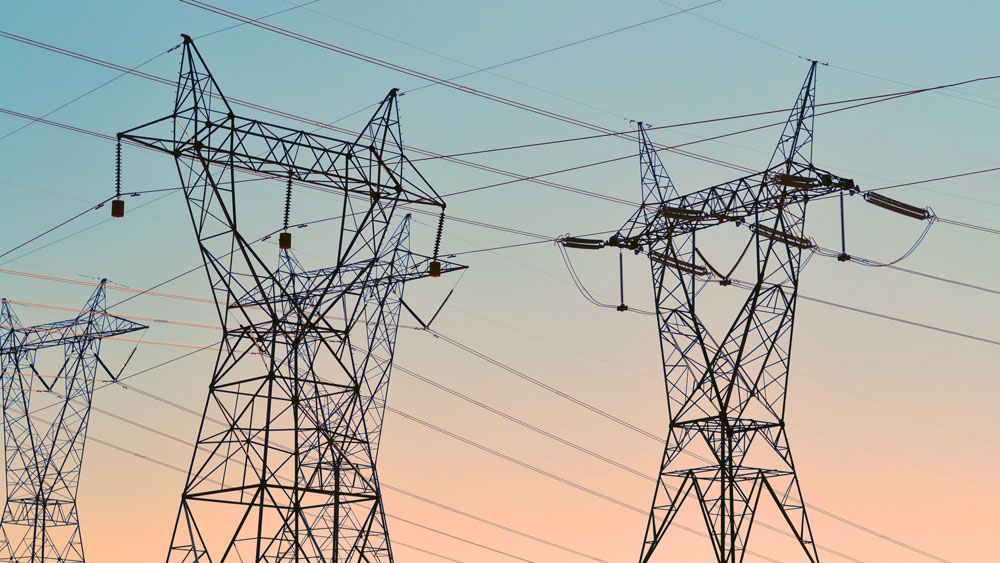Impact of COVID-19 on the Electricity Value Chain
Eurelectric Recommendations for a Green Recovery of the Power Sector
Eurelectric released on June 15 a set of policy recommendations for a smooth and efficient recovery of the power sector. They address the necessary measures for tackling the negative impacts of lockdowns on several segments of the electricity value chain, including generation, distribution grids, markets, as well as retail and customer services.
The COVID-19 outbreak has pushed the EU economy into one of the biggest crises of the century. An assessment conducted by Eurelectric throughout the lockdown period shows that the entire electricity value chain was affected by the measures taken to limit the spread of the virus.
To reset its activity and accelerate the clean energy transition, the power sector calls for:
- The establishment of concrete measures for ramping up the deployment of zero carbon infrastructure projects, as well as for closely monitoring the risk of shortage of critical materials and of skilled workforce (i.e. construction and maintenance) via the national recovery plans;
- Stimulating capital-intensive investments in carbon-neutral generation through an efficient framework that provides long-term visibility and certainty;
- Supporting the electrification of buildings and transport, while paving the way for ambitious skilling objectives for workers, through the Renovation wave initiative;
- Enabling the equipment of entrants to the labour market with the right skills and provide access to adequate reskilling and upskilling for experienced employees, particularly in digital and new technologies;
- The preservation of the financial capacity of distribution grids and the mitigation of economic risks for electricity suppliers, as they have been directly impacted by the break on bills and delayed payments.
The full list of recommendations, building on responses provided by the majortity of Eurelectric’s members, is available here.
Horizontal recommendations
- Prioritise and accelerate low-carbon infrastructure projects in national recovery plans to recuperate registered delays and achieve climate goals set at the national and EU levels. Such projects will bring direct benefits to local economies and act as catalysts for the economic development of other EU strategic initiatives, such as those on clean mobility, solar and wind energy, and batteries.
- Ensure a robust EU ETS system, with the Linear Reduction Factor (LRF) and the Market Stability Reserve (MSR) as the two main policy tools. Their parameters will require reassessment in light of the upcoming 2030 target increase and expected MSR review.
- Monitor and address potential risks of shortage in the supply chain with regard to critical materials and components, as well as potential shortage of skilled workforce (i.e. construction and maintenance).
- Take appropriate measures given the significant impact that lower electricity consumption and power prices have on the balance sheets of energy utilities and on their long-term ability to invest in the energy transition. While those are part of market risks, the EU and national authorities should be aware of this impact and act accordingly.
Committee-specific recommendations
Electrification & Sustainability
- Prioritise a system-wide approach towards electrification of buildings and transport as a part of the upcoming Renovation Wave initiative.
- Ensure that digital skills and technologies are recognised as key enablers for a socially responsible digital transition. This would require both equipping new entrants to the labour market with the right skills and providing access to adequate reskilling and upskilling for experienced employees.
Generation & Environment
- Guarantee that a long-term schedule – anticipating the expected allocation of support for the deployment of renewables – is published, in order to ensure visibility and certainty for investors;
- Establish a swift process ensuring that operators are given sufficient time to comply with the emission limit values in their permits and/or requirements of the Industrial Emissions Directive (IED). Delays in refurbishments could lead to certain sites not being able to fulfil these requirements on time.
Markets & Investments
- Make sure that the regulatory framework is more conducive to capital-intensive investments in carbon-neutral generation, in particular including more long-term arrangements. Otherwise, there is a risk of lock-in related to fossil fuels and the carbon neutrality goals for 2050 would become more challenging to reach.
Distribution & Market Facilitation
- Preserve and increase the investment capacity of DSOs to ensure the timely infrastructure deployment (i.e. smart meters roll-out, renewables and charging stations connection, grid modernisation and maintenance works) thus supporting the entire industrial value chain (suppliers, manufacturers, subcontractors).
- Alleviate the financial strains and regulatory limits put on DSOs in order to maintain investment and operation capacity at the pace of pre-pandemic levels and allow them to envisage a higher level of investments.
- Take regulatory measures to recognise the increased capital risk borne by DSOs due to delays of payment deadlines granted to businesses, and ensure the solvency of the entire electricity system.
- Streamline and fast-track access to the EU funding instruments for distribution infrastructures to alleviate the increase of credit financing costs and decrease costs for taxpayers.
Customers and Retail Services
- Establish government support schemes to enable customers to pay their electricity bills and thus reduce the impact of bad debt on companies.
- In places where prohibition of disconnection and payment plans have been put in place: Create specific funds through the state budget that can relieve the financial and economic burden from suppliers through advanced payments and bad debt compensation; Postpone payments due by suppliers for taxes, levies and grid charges until bills have been paid; Design a mechanism to recover the excess bad debt linked to the current crisis throughout the system over time.
- In case of default of existing suppliers, make sure that the costs for the system can be recovered without endangering other suppliers and generating a systemic risk.







